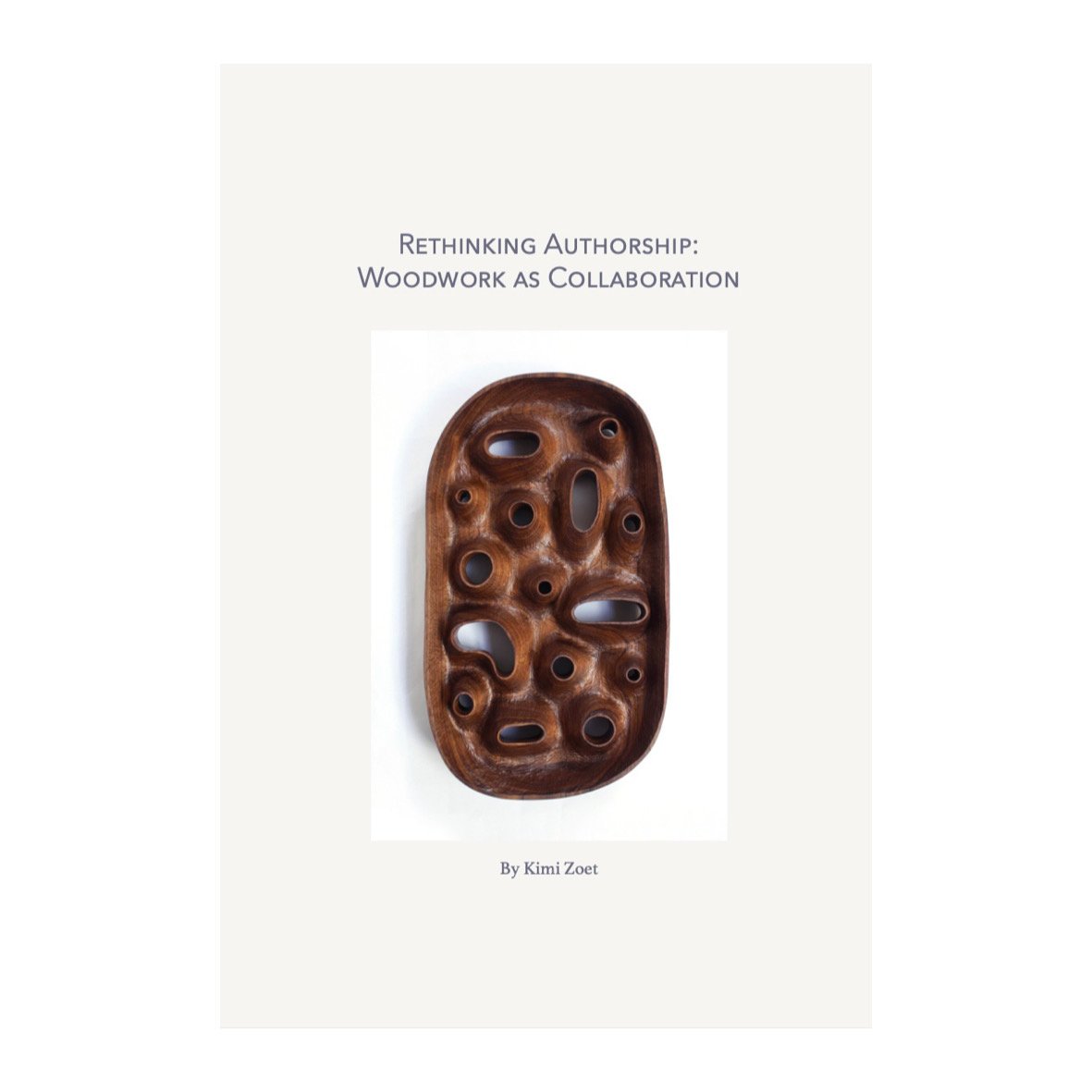For my final essay during my MA, I focused on the idea of woodwork as collaboration. In this study, we delved into the implications of the collaborative nature of working with wood within the context of artwork creation.
Abstract:
In this study, we delve into the implications of the collaborative nature of working with wood within the context of artwork creation. By examining the history of woodworking through different cultural lenses, specifically Japanese traditions, and engaging with theorists such as Bruno Latour (b.1947), who explore the interconnectedness between human and non- human agencies we aim to broaden our perception of wood beyond the dominant Western-centric approach that shapes our understanding of its nature. Instead of seeking to master and control the material, we recognize the agency and inherent qualities of wood, allowing it to guide and inform our creative decisions as artists.
Moreover, working with salvaged wood holds particular significance in our exploration. By utilizing reclaimed or repurposed wood, we not only contribute to sustainability and waste reduction but also add an additional layer of collaboration with the material. Salvaged wood carries within it a history and a story of its own, which becomes interwoven with the artist’s vision. In this section, we delve into Tim Ingold’s (b.1948) theories on the relational aspects of materials and their engagement with the environment. This convergence of past narratives and present intentions brings forth a connection with the material and amplifies the collaborative nature of our artistic process.
In summary, by adopting a multicultural perspective that challenges the dominant Eurocentric approach and embracing salvaged wood, artists can shift their approach to woodworking from one of dominance to one of collaboration. This approach acknowledges the agency of wood, allows for a richer artistic expression, and fosters a deeper appreciation for the interconnectedness between the artist, the material, and the broader cultural and environmental contexts in which we exist. Through this collaborative mindset, we discover new possibilities and a renewed sense of respect for the craft of woodworking.

